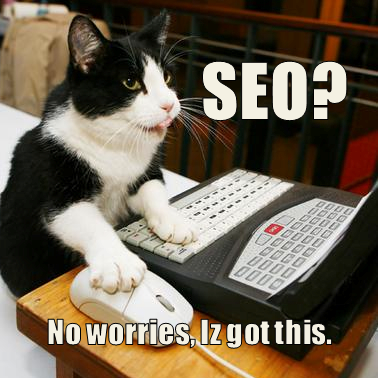4 tips to optimize your images for Search

When it comes to building a successful ecommerce, visual cues can make all the difference. From strong and prominent calls-to-action to beautiful product shots, your images need to stand out from the crowd.
So how do you make your images work harder for your business? There are few ways to optimize your images on your site to help drive your SEO efforts, especially with the popularity of Google Image Search. Having unique high quality images of your products can be what makes a potential customer click on your listing rather than your competitor’s!
So here’s what you need to know:
So how do you make your images work harder for your business? There are few ways to optimize your images on your site to help drive your SEO efforts, especially with the popularity of Google Image Search. Having unique high quality images of your products can be what makes a potential customer click on your listing rather than your competitor’s!
So here’s what you need to know:
- File names matter – are all your images called ‘photo1.jpeg’ or ‘productimage.png’? Bad news, these generic filenames aren’t doing much to help your business. Having descriptive file names is one of the best ways to improve your search engine visibility, especially when it comes to image search. Choose something meaningful and specific to the image – eg ‘dunlop-tennis-racquet.jpg’ or something else that describes the image.
- Use Alt text – Image Alt text is another way to help give search engines more context about your image content. Usually, you’ll see the alt text displayed when you hover over an image with your mouse as you’re browsing a web page – search engine crawlers will also be able to access this information. Also keep in mind that alt text is primaryily used for web accessibility – for example, accessibility machines will read out ‘alt text’ for visually impaired audiences. Be sure your alt text is short and descriptive – the recommended length is 125 characters.
- Use unique images, not stock –Google Image Search has the ability to see similar images across the web, so much like duplicate content, if your image is a ‘stock image’ that’s used across the web, chances are it won’t rank in Image Search. Therefore, it’s a good idea to invest in original photos and quality imagery for your products. This may mean organizing a professional photo shoot or something as easy as snapping a few quality shots on your mobile phone.
- Provide textual context - finally, bear in mind that when it comes to the world of search, content is still king. This means you should try and frame your imagery with unique textual content to send stronger signals that your page is relevant to a certain topic. A single image on its own (ie on a Pinterest board) won’t perform as well in search as the same image on a web page with words – balance is key.














Comment(s)0